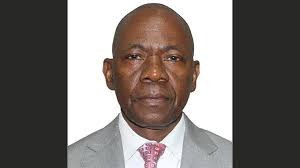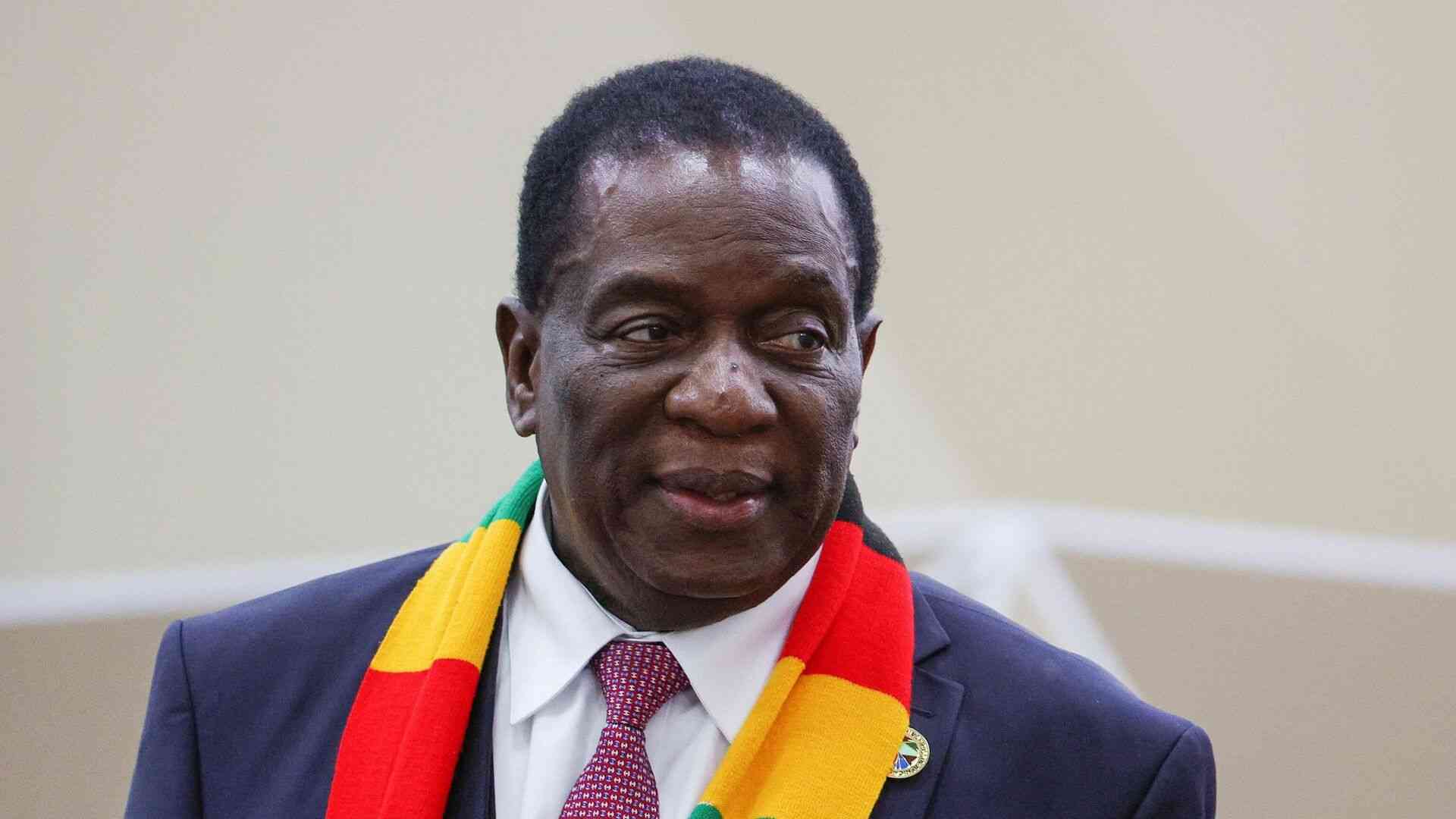
This year is no exception with anticipation high that the global economy will fully recover from the financial crisis. The recovery first became apparent around September 2009 when countries such as Japan and German posted positive quarterly economic growth rates after many months of recession. The global recovery appears to be right on track as reflected by rising commodity prices and the rally in world stocks. After succumbing to huge losses in 2008 the gold price recovered by 26% in 2009 to US$1 103,3 an ounce on dollar weakness. Platinum prices gained 65,5% on anticipated improvements in the car industry while crude oil more than doubled in price to US$77,91 per barrel because of reduced supply from producers. Industrial metals such as copper and nickel are also in the ascendancy, which could be a reflection of a revival in the manufacturing sector giving further credence to the idea that recession is receding.Major markets posted big gains driven by anticipated turnaround in the global economy and improving quarterly earnings for some companies. The Dow Jones was up 18,8%, a growth it last achieved in 2003, while a 22% gain on the FTSE 100 was last attained in 1997. The pair of JSE All Share and Nikkei 225 grew by 28% and 19%, correspondingly. Excitement about a recovery in the world economy is being tempered by the slow response in the job market. Since the recession began in 2007 the US, which is the world’s largest economy, has lost more than seven million jobs. US President Barack Obama in December met bank chiefs and asked them to increase lending to businesses in order for them to create more jobs. Banks in the US and in other developed countries were bailed out by taxpayers’ money and are expected to reciprocate this gesture.The performance of the Zimbabwe Stock Exchange last year was in tandem with the world markets although the fundamentals at play locally were different. Industrials ended the year 52% up while resources were much stronger, adding 85,5% to prices prevailing on February 19 when the market started trading in US dollars. The market was driven higher by anticipated economic resurgence after the formation of the inclusive government and the subsequent replacement of Zimbabwe dollars with multiple currencies. A radical shift in economic policy initiated after the setting up of a shared government helped some companies to restart operations. The market evidently performed far ahead of fundamentals as the companies, although they increased capacity to estimated 35%-50%, were, and still are, in the red. Operating expenses increased faster than revenues being pushed by high tariffs on utilities and pressure from unions for salary increases. As a result most companies posted substantial top-line growth but went on to lose money.This trend is likely to continue into the New Year because companies are still hamstrung by lack of capital in their bid to ramp up production to break-even levels. It has already become clear that debt capital will not come easily and companies are increasingly turning to equity financing. Recent experience has shown that existing shareholders do not have the cash to put into companies. For instance, underwriters took up 38, 46% in the African Sun’s rights issue while for CFX the subscription rate was barely 2%. This also shows that even raising capital through equity is difficult in this environment unless prospects are rosy enough to get external investors to chip in.That notwithstanding, the ZSE was fairly firm in the second week of January on the backdrop of rising interest from foreign investors. Whereas the first week of January was quiet the second one has been hectic. Investors started piling into the market when the reduced transaction costs were effected on January 11. It is rather early to describe the ongoing rally as the beginning of a bull-run in the absence of major fundamental improvements in the economy. If anything this market is expected to be very volatile with intermittent rallies being followed by bouts of profit taking because of high political risk. Barring a miracle, most of the outstanding issues on the political agreement could remain outstanding by Christmas time. Corporate actions in 2010 will be dominated by capital raising exercises which should benefit corporate finance houses. The lack of liquidity in the market does not augur well for new listings although it will be good to have one or two this year. The last initial public offering that the market had was ZECO in 2008. This year is promising after the reverse listing of TN Holdings in a transaction which culminated in the removal of Tedco from the ZSE board. The evident manipulation of the price on the listing day was needless though. The counter listed at 6c. It is currently trading at 2, 8c.In 2010 the Securities & Exchange Commission and or the ZSE committee, should deal decisively with unfair trading practices if they are to restore the integrity of the market.In conclusion this year is not expected to be very different from the one before it. Most companies will barely break even because of lack of capital and the ZSE will be a volatile stock pickers’ market.
Ranga Makwata











